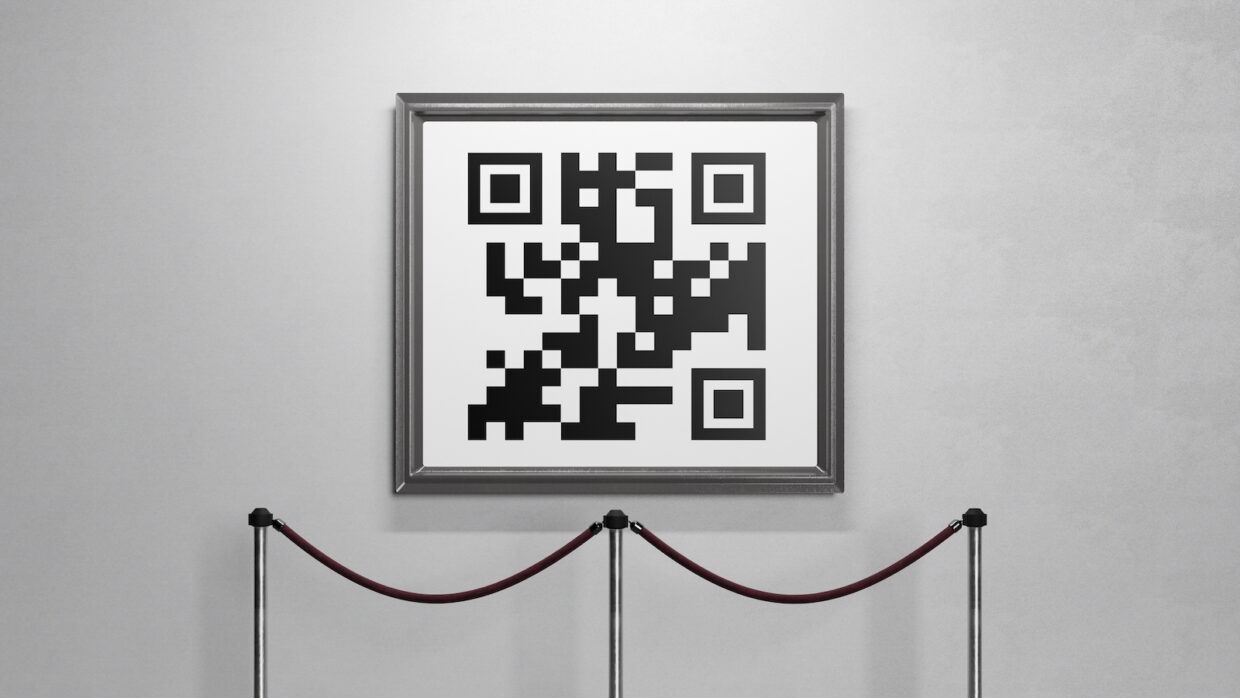At this year’s Art Basel in Miami, which until recently had promoted itself as a prospective crypto investment hub, galleries are notably scaling back their crypto art sectors and reducing their exposure to cryptocurrencies. Overall, 2022 has witnessed the trading volume of NFTs tumbling by 97 percent, dropping to less than half a billion from its peak of about $17 billion in January. What’s worse, the recent and sudden collapse of FTX has unleashed a confidence crisis in NFTs and crypto art.
However, museums in the western world remain enthusiastic about digital art NFTs. This year, Miami’s Institute of Contemporary Art (ICA) added two “CryptoPunk” NFTs to its collection, with artistic director Alex Gartenfeld telling the New York Times that ICA collects NFTs because “one of the most ubiquitous and transformative conversations has been around how artists explore and develop their creativity through NFTs.” (Regardless, presumably, of their current price turmoil.)
Meanwhile, prestigious cultural institutions such as Italy’s Uffizi Galleries, The British Museum, and Boston’s Museum of Fine Arts have minted NFTs of precious artwork from their collection by the likes of Leonardo da Vinci, Hokusai, and Monet.
The same trend is happening in China as well. In August, the Shanghai Museum launched its own digital collectible platform, a first for a Chinese museum, that sees the institution release a digital collectible whenever a new collection is added.
To promote its upcoming 2023 exhibition of selected works from Britain’s National Gallery, the Shanghai Museum has added digital collectibles to the platform that feature 34 paintings from the National Gallery’s collection, such as Rembrandt’s “Self-Portrait at the Age of 63” and van Gogh’s “Long Grass with Butterflies. The most expensive collectibles sell for a modest $28.50 (198 RMB) and can be used as entry tickets, bestowing real-life benefits to the digital assets.
This embrace of NFTs among major museums is not free from controversy. Critics argue that museums shouldn’t “demean” an artwork by turning it into “an infinitely reproducible JPEG” in an effort to create revenue.
However, NFTs represent an important venue for artistic expression in the digital age, and museums have a duty to record major developments in artistic trends. Moreover, NFTs can showcase rarely-exhibited items to a broad audience, assisting in cultural preservation and boosting museums’ cultural relevancy.
Therefore, museums might just be where NFTs can prove their real value even if values for cartoon apes or pixelated punks continue to crater this “crypto winter.”




